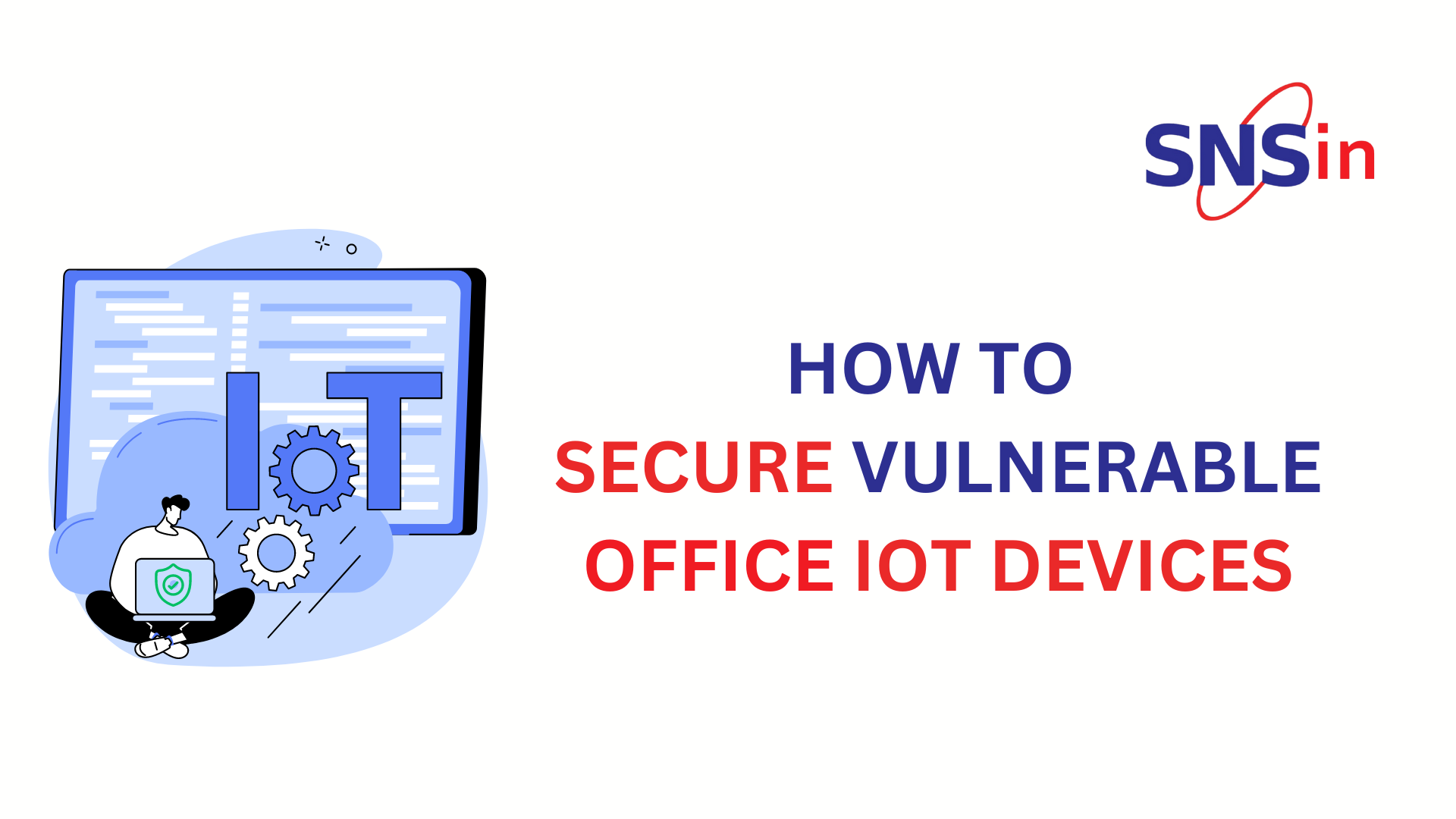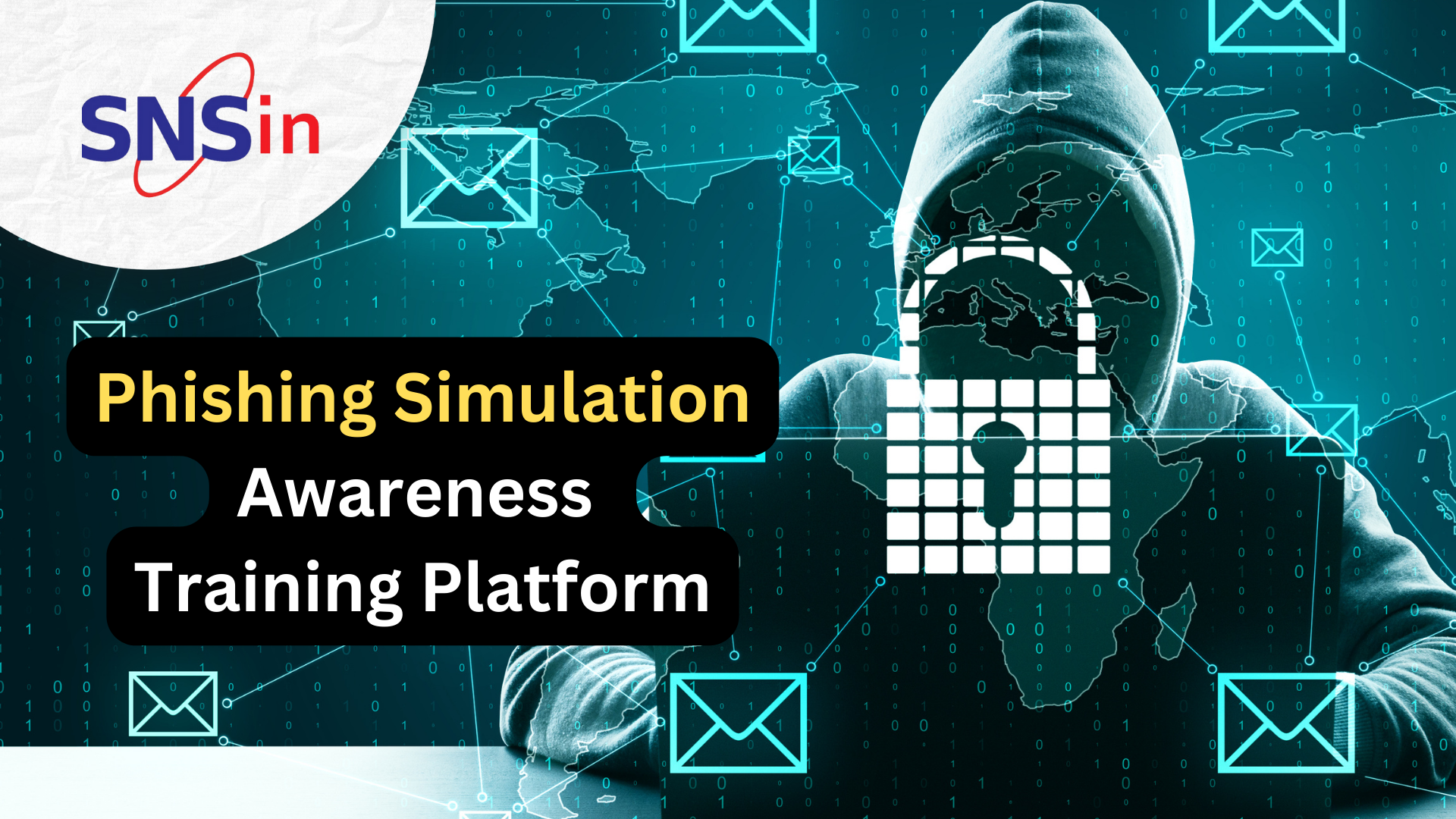The world is evolving at a rapid pace, thanks to the disruption of technology in every imaginable area of modern life. Cities, homes, offices, networks- all are becoming ‘smart’. Daily operations have become more accessible and easier to use, owing to these devices accessing the Internet. Besides, there are certain risks involved in embracing innovations in the technology ecosystem. As we embrace change and use these devices for critical infrastructure, the issue of security persists. Thus, it is safe to say that the rising use of IoT is also increasing the risk associated with the devices using it.
IoT attack surfaces
With teams securing the endpoints and servers, the increase of unsecured IoT devices makes them a target of cyberattacks. When there is a network breach, it compromises several networks and systems.The entities that make the IoT attack surface are:
-
Applications and Software:
-
Devices:
-
Communication Channels:
Risk of not securing IoT devices
1. Access to sensitive data:
If the devices are not secure when connected to a network, hackers may gain access to sensitive data. Employees do connect their gadgets to the work network. Thus, allowing hackers to exploit the network and cause a data breach. 2. Data theft: It is a risk associated with employees using their own devices at the workplace. If employees do so, this opens up a vulnerability for cybercriminals. Thus, making the organization’s data vulnerable. It is because employees also use the same devices for personal use & they don’t pay much attention to securing their own devices. Thus, compromising personal information and corporate data, if the system gets hacked. 3. Legal implications: Customers today expect that information shared with an organization remains secure. The reputation of a business gets a serious hit if a security breach takes place. The company might face severe consequences, damaging the brand image and market standing. The cost of a data breach also results in revenue loss and can put smaller organizations out of business. 4. AI attacks: As AI systems advance, hackers innovate their techniques for network penetration. So, organizations must level up their AI systems and stay on top of hackers’ trending methods. 5. Malware: Malware can be present on an employee’s device. Employees are using their devices at work to download files, tools, and attachments. They might download vulnerabilities without being aware. These could get compromised once they connect to a corporate network. 6. Weak passwords: When devices authenticate with weak passwords, they become vulnerable. If employees aren’t using a consistent password management policy, it can lead to data exfiltration and loss.How to secure vulnerable IoT devices
Unsecured IoT devices pose major security threats. But there are specific practices that can prevent data loss.- Identify and classify all network-connected devices to assess the security posture and risks.
- Active monitoring of critical data leaks. By implementing security controls that offer advanced ML and log analysis.
- Automatic alerts should be set up to notify of sensitive data leaks.
- Adopting a zero-trust policy for the organization is a beneficial approach. It will help to secure all devices and rely on location in the network to authorize access.
- Checking for firmware patches and software updates. Patch printers and secure other organizational devices with a firewall and security protocols.
- Using a strong password for corporate WiFi is also essential.
- Enforcing policies for all unmanaged devices is key. Thus, making sure communication takes place within the network only through the Internet.
- Disable any unwanted features.
- Reviewing Permission access.
Wrap Up
ZTNA is a security solution that enables secure remote access to organisation’s applications, data, and services based on clearly defined access control criteria. The zero trust model is a framework that businesses use to authenticate, authorize, and continually assess user identity, devices, and apps before providing them access to any network resource. A frictionless and centrally managed network policy protects organizational assets and information. This need will only increase with time as technological advancements intensify and broaden. For any queries & requirements, please drop an email to [email protected]. ![]()




